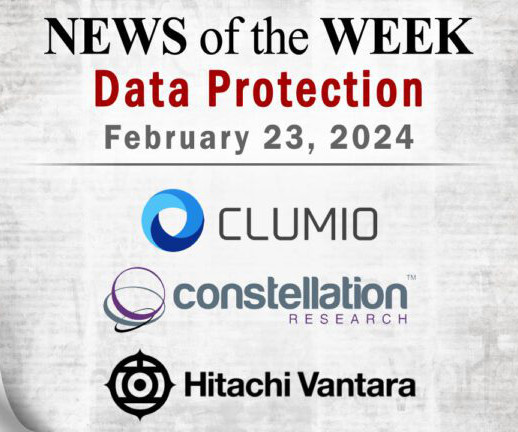ISO 27001 Certification Requirements & Standards
Reciprocity
DECEMBER 21, 2022
If using an ISO audit software tool to achieve ISO certification is on your compliance roadmap, here’s a quick primer to get you up to speed and jumpstart your ISO compliance efforts. The ISO 27001 family, published by the International Organization for Standardization, includes a set of standards for information security.












Let's personalize your content